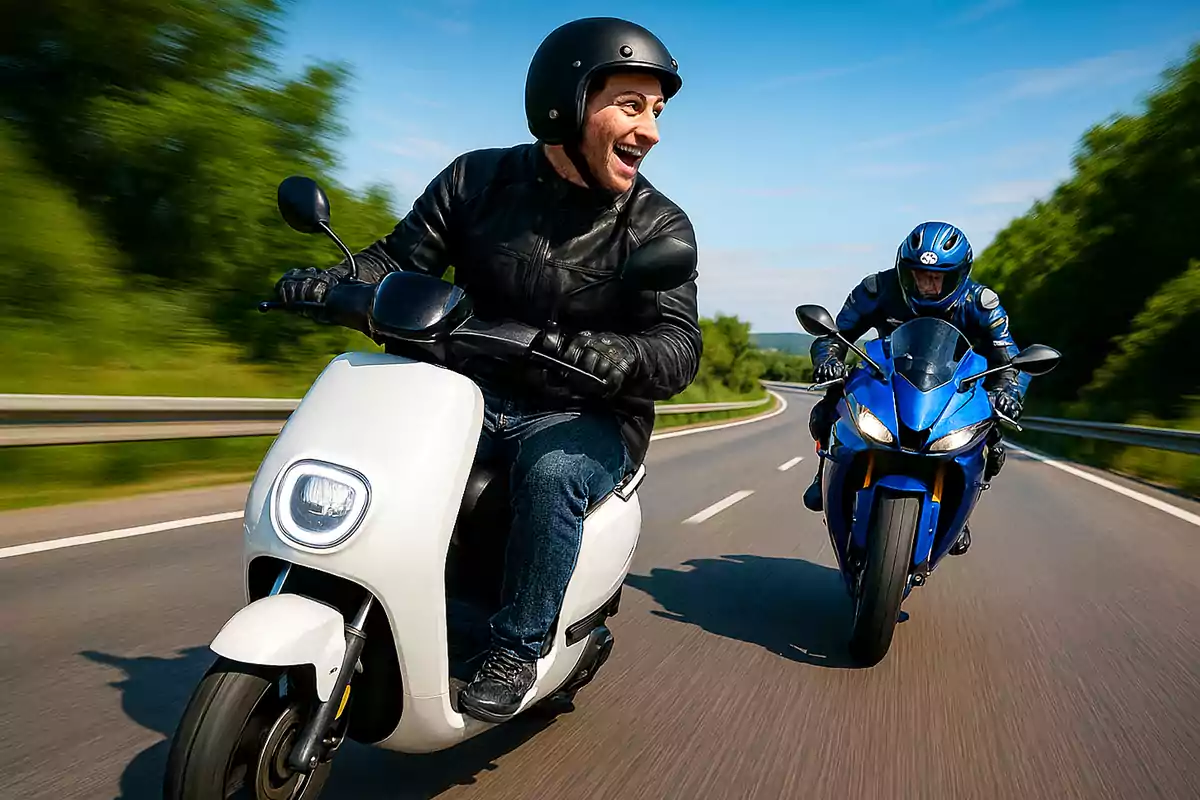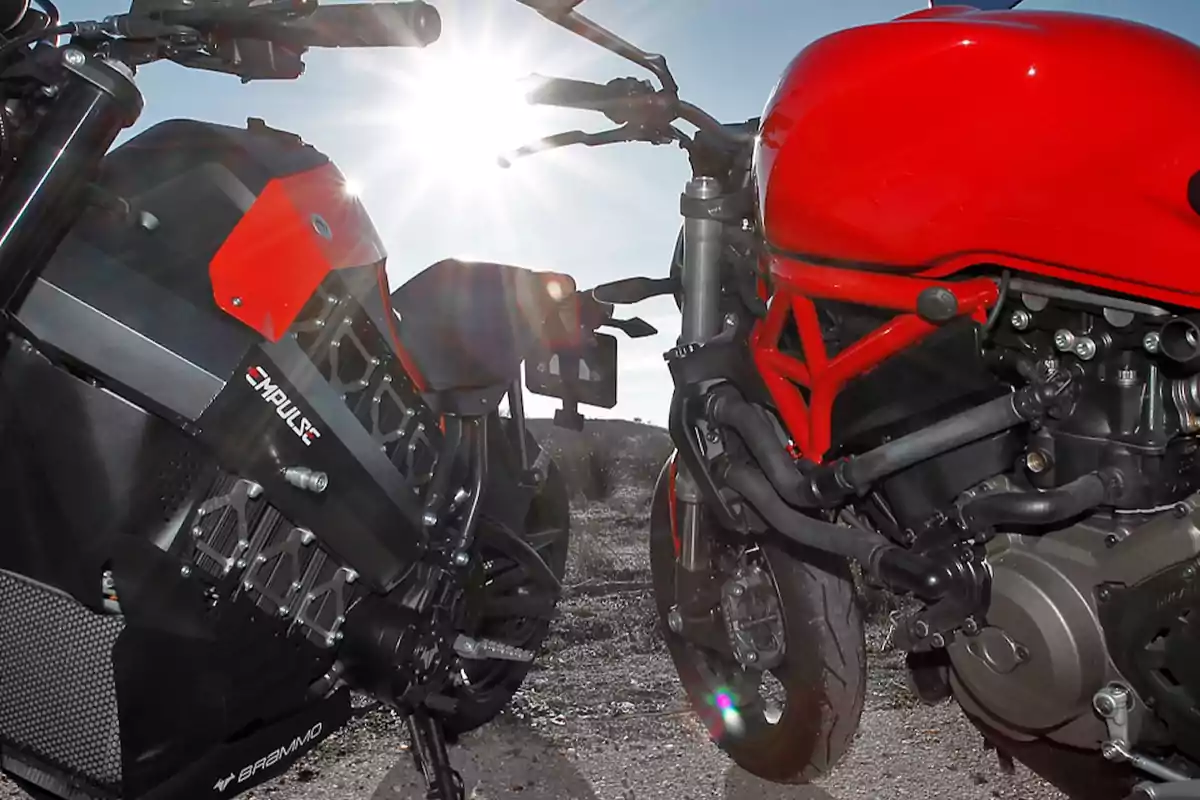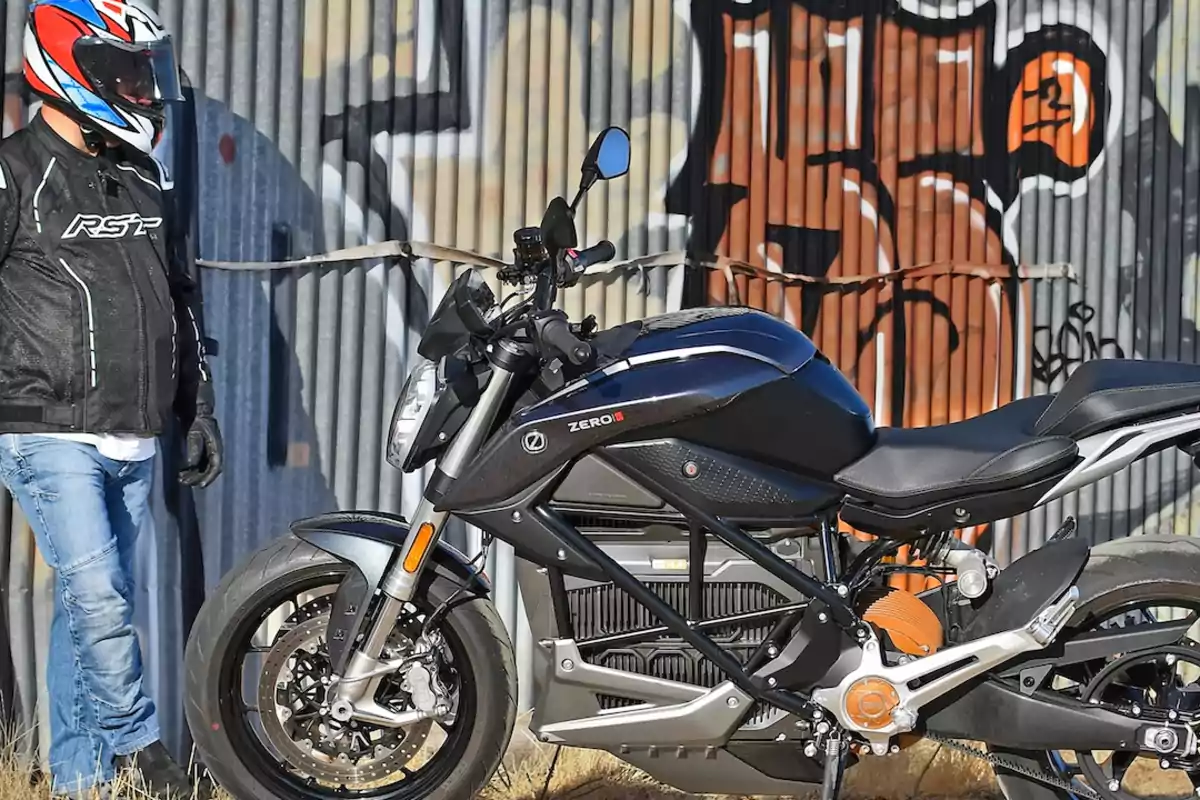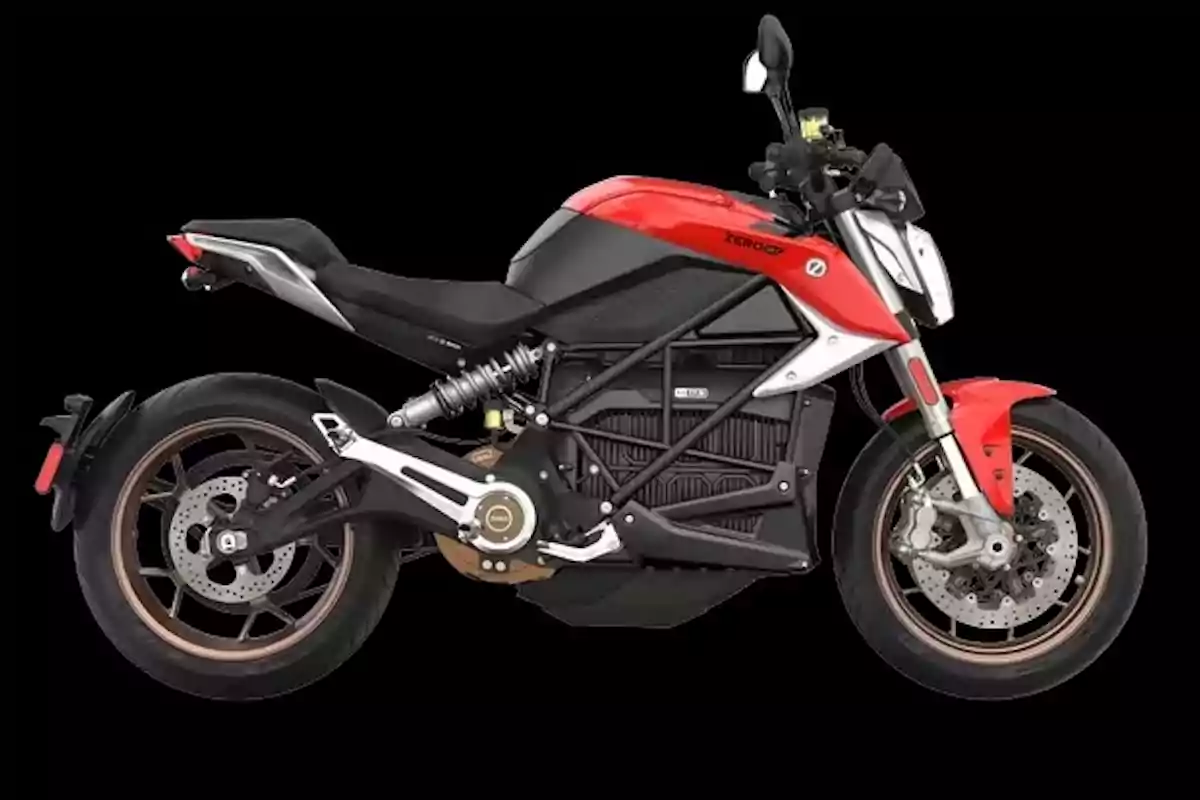
The electric companies' trap to wipe out gas-powered motorcycles
Why do electric companies seem to make better use of the same amount of power?
There are electric scooters on the market that claim only 12 hp (9 kW) and, in reality, accelerate like a 300 cc combustion scooter that may claim only 12 hp (9 kW). Or naked bikes that humiliate a 600 cc gasoline bike off the line and that may be listed as having just 47 hp (35 kW). Magic?
No. It's the way regulations allow the power of electric motors to be certified and a trick that gives them an advantage for certain licenses.

I'm sure you've noticed it or, at least, you've heard about this.
An electric motorcycle, which claims a certain power, accelerates much more than a gasoline one with the same power. Is it true? Well, yes.
Why does this happen? Are we being deceived with the power ratings? Are the hp (or kilowatts) different in electric and gasoline bikes? The truth is, no.
What is different is how the data are given to us. Sometimes, we read too quickly. Because notice that, in the technical data of the electric bike, you have two power figures.

Average power vs peak power
In gasoline engines, the power that's declared is the maximum the engine reaches. At a certain rpm, measured on a test bench, and that's it. With electric vehicles, it's not like that.
These are certified with two power figures. On one hand, there's the power the motor can deliver continuously for 30 minutes.

We all know (or have heard about it) that an electric motor in a vehicle is usually capable of delivering more hp, but they're limited electronically.
Normally, this is done to achieve greater range. But also because temperature management in these motors is more complex than in gasoline ones.
However, these motors, their torque and operating curve, are designed through software. It's not a problem for them to modify the power delivery for a short period of time.
This is used in certain driving modes or in those "boosts" that many use. With that, they accelerate much more. Because they don't use those 12 hp (9 kW) declared as average power, but a higher figure declared as maximum or peak power.

To determine which license you need to ride that motorcycle, that continuous average power is used, not the maximum.
Which, obviously, gives electric bikes an advantage in terms of the performance you can have with limited licenses like A1 (or B) and A2.
For example, an electric bike with 15 hp (11 kW) of average power (legal limit to ride with a B license). It can offer real peaks of 40 hp (30 kW) or more in short bursts. At a traffic light, that means leaving behind any equivalent gasoline scooter, even those with larger displacement.
Constant torque motors: the other key
The second big difference is in the torque curve.
A combustion engine delivers its maximum torque at a specific point in the rev range and, to take advantage of it, you have to work with the gearbox.

Electric motors, on the other hand, are capable of reaching their maximum torque from zero and can keep it throughout their entire operating range.
A torque curve is usually "designed" so that the driving feel is pleasant and you don't, for example, get a jolt when you start to accelerate.
So, with an electric bike, from the moment you open the throttle, you have all the force available instantly, with no waiting or need to downshift.

The practical result is that, in starts and short recoveries, an electric motorcycle seems much more powerful than its spec sheet indicates.
Where a gasoline bike needs to rev up and find its sweet spot, the electric is already delivering everything it has from the very first millimeter of throttle twist.
Real performance and certification
As you can see, this measurement system and the nature of the electric motor create a mismatch between the numbers and the riding sensation.
We have an electric bike certified with just enough power to fit into a lower license category. It turns out it can offer acceleration typical of a gasoline bike that would require a higher permit.

It's legal, because the certification is done according to the average power, but in practical terms it's as if the real potential is "hidden."
This has advantages for the user. This is the case with the A1 license or even with the B car license (and three years of experience).
With them, you can ride a motorcycle you didn't expect. One that, in urban use and short trips, performs like a bike that, if it were gasoline, would be off-limits.
Real examples
NIU MQi GT Evo: Certified with 7 hp (5 kW) of continuous power. But it offers peaks of 9 hp (6.5 kW) and instant torque that allow it to deliver performance similar to a 125 cc urban gasoline scooter.
Silence S01+: 12 hp (9 kW) of average power, but 15.4 hp (11.5 kW) peak and maximum torque of 74 lb-ft (100 Nm) from zero, which gives it acceleration almost like a 300 cc.
Zero SR/F: 70 hp (52 kW) of average power, 110 hp (82 kW) peak and 140 lb-ft (190 Nm) of torque, capable of leaving many liter naked bikes behind in the first few meters.

In conclusion
Ultimately, the combination of certified average power, much higher power peaks and constant torque from zero makes many electric motorcycles formidable rivals for gasoline ones.
The immediate acceleration and ease of use that on paper may seem modest. On the street, t
More posts: